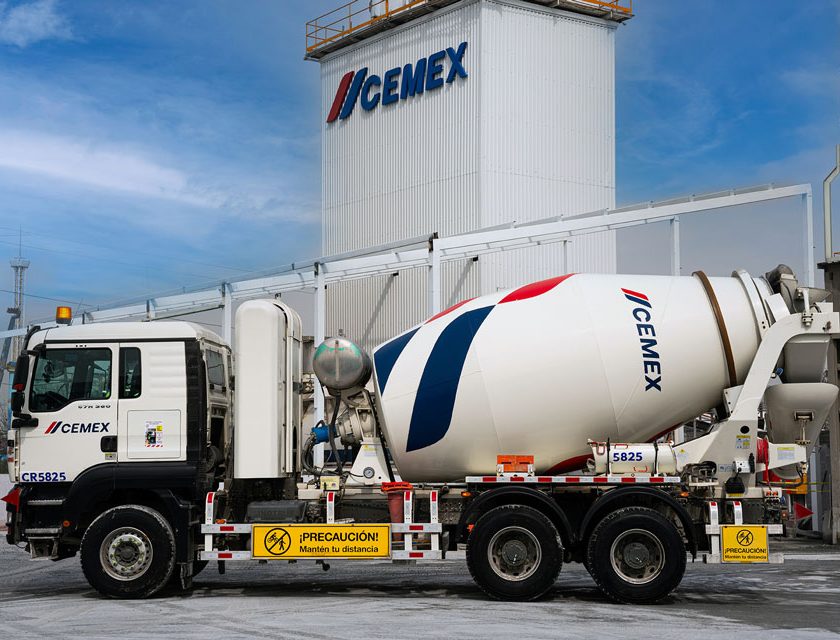Going beyond what is typically addressed in green building, innovative Oregon transportation hub designed to achieve high-efficiency operations, low-impact construction.
Lafarge North America’s NewCem slag cement played a key role in building an innovative transit center in Hillsboro, Ore., that was designed to incorporate sustainability throughout the facility’s construction and operation. Slated to be one of the nation’s most sustainable parking facilities, the intermodal transportation structure generates on-site renewable energy and is part of a wider transportation hub that promotes more sustainable modes of transport.
The structure consists of concrete columns around the perimeter with interior post-tensioned cast-in-place concrete beams and post-tensioned concrete elevated decks. Serving Tuality Hospital, Pacific University’s Health Services campus, and Hillsboro’s downtown, it includes a 1,200-sq.-ft. area especially for bicycle commuters, 15 state-of-the-art charging stations for electric vehicles, parking spaces for conventional automobiles, and 19,000 sq. ft. of street-level commercial space.
During the construction, sustainable building materials and design options with low carbon footprints were prioritized to minimize environmental impacts. More than 5,500 yds. of concrete were used in the project and every mix contained slag cement, which has a significantly lower embodied energy and carbon content than portland cement. Almost 50% of the concrete placed contains at least 40% slag cement, qualifying it for a Leadership in Energy and Environmental Design (LEED) innovation point. The average slag content was 19% of all cementitious materials used in the concrete, but cement with as much as 93% slag cement content was used for some mixes.
As the demand for green building practices continues, NewCem slag cement is increasingly being specified in sustainable parking structures throughout North America. Engineered for long-term durability, NewCem helps achieve greater strength potential and reduced permeability in concrete. It also provides significant sustainability benefits, as the use of slag cement saves virgin raw materials, consumes less energy, and makes use of an industrial by-product material that might otherwise be disposed of in landfills. The result is high-performance concrete with an extended service life, lower life cycle costs, and less environmental impact.
Another sustainable benefit of using NewCem slag cement in this project is that the resulting lighter colored, high-performance concrete mix absorbs less heat from solar radiation and helps to lower the heat island effect in Hillsboro. The pervious concrete used also stores less heat due to its relatively open pore structure. In March 2011, the Hillsboro Intermodal Transit Facility was named one of nine finalists for the Daily Journal of Commerce’s top construction projects for public buildings in the $15 million to $50 million range.



